Get a consumer loan today
Personal loans Denmark
Free, 100% digital personal loan comparison
Save money with lower interest rates
Instant answers from up to 21 Danish lenders
Recommended
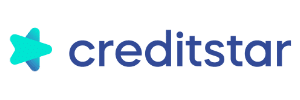
Amount
DKK 6.000 – 65.000
(≈ USD 900 – 10.000)
Term
6-15 months
Interest rate
20,60%
Verified Company
100% free and no obligation
Loan for what you need
Example: Credit amount: DKK 12,000 over 12 months. Interest: DKK 1,408.38. Interest rate: 20.60%. Repaid in 12 payments. Total amount: DKK 13,408.38. APR 23.49%.

Amount
DKK 10.000 – 400.000
(≈ USD 1.500 – 61.000)
Term
12-180 months
Interest rate
2,04-24,99 %
Verified Company
100% free and no obligation to apply
Payment on the same day
Example: Total credit amount: DKK 175,000 – Term: 11 years. APR: 7.45%. – Variable interest rate: 7.00%. – Establishment costs: DKK 1,750 – Expected monthly payment: DKK 1,924 – Total repayment: DKK 253,968 – Term: 1-15 years. – APR: 2.04-24.99%. – Max APR: 24.99%.

Amount
DKK 10.000 – 400.000
(≈ USD 1.500 – 61.000)
Term
12-144 months
Interest rate
0,00-24,24 %
Verified Company
100% free and no obligation to apply
Easy and fast
Example: Calculation example: Total credit amount DKK 35,000. Term 5 years. APR 7.68%. Variable debit interest rate 7.00%. Establishment fee DKK 350. Total repayment DKK 42,000. Term 1-12 years. Interest rate spread 0.00-24.24%.
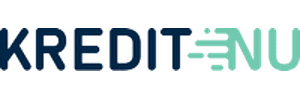
Amount
DKK 4.000 – 25.000
(≈ USD 600 – 3.800)
Term
1-24 months
Interest rate
24,87%
Example: DKK 8,000 over 24 months. Annual debtor interest: 0%. APR: 24.87%. Monthly payment: DKK 416.67 Total repayment: DKK 10,000 Total credit income: DKK 2,000 Calculation includes an establishment fee of 25%. Applicant must be between 23-70 years of age and must not be registered in the RKI or Debtor Register and must also meet the criteria in the overall creditworthiness assessment.
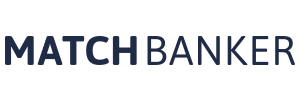
Amount
DKK 10.000 – 400.000
(≈ USD 1.500 – 61.000)
Term
12-180 months
Interest rate
2,04-24,99 %
Example: Total credit amount: DKK 175,000 – Term: 11 years. APR: 7.45%. – Variable interest rate: 7.00%. – Establishment costs: DKK 1,750 – Expected monthly payment: DKK 1,924 – Total repayment: DKK 253,968 – Term: 1-15 years. – APR: 2.04-24.99%. – Max APR: 24.99%.
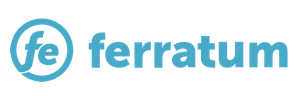
Amount
DKK 1.500 – 50.000
(≈ USD 230 – 7.700)
Term
9-199 months
Interest rate
24.99 %
Example: DKK 10,000 over 12 months. Etc. costs: DKK 0. APR: 24.99%. Fixed debit interest rate: 22.52%. Monthly payment: DKK 934.96. Total credit costs: DKK 1,219.47. Total repayment amount: DKK 11,219.47. Monthly payment 3.5% of the outstanding credit or min. DKK 200, depending on which is greater. Min. repayment: 9 months. Max. repayment: 199 months.
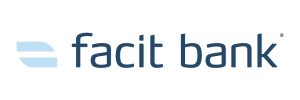
Amount
DKK 10.000 – 300.000
(≈ USD 1.500 – 46.400)
Term
36-120 months
Interest rate
9,39-24,43 %
Example: DKK 40,000. Term 60 months. Establishment costs DKK 1,600. Variable debit interest rate 8.21- 16.08%. APR 11.64 – 19.72%. Monthly payment incl. admin. fee DKK 871 – 1,019. Total credit costs DKK 12,254 – 21,120. Total amount repaid DKK 52,254 – 61,120.
Personal loans in Denmark offer a flexible financial solution for individuals looking to cover various personal expenses, from consolidating debt to financing a large purchase or covering unexpected costs.
These unsecured loans are characterized by their fixed interest rates and repayment terms, making them a predictable and straightforward option for borrowers. It’s crucial for potential borrowers to understand the terms, including interest rates and fees, and to consider their own financial situation before committing to a personal loan.
What is a personal loan?
A personal loan in Denmark is a type of unsecured loan, which means it doesn’t require collateral, such as a house or car, as security. This loan provides individuals with a fixed amount of money upfront, which is then repaid over a set period, typically through fixed monthly payments.
Fixed Interest Rates: Personal loans usually come with fixed interest rates, meaning the interest rate and monthly payments remain constant throughout the loan term.
Repayment Term: The term can vary but often ranges from one to five years, providing borrowers with a clear timeline for repayment.
Loan Amount: The amount you can borrow depends on various factors, including your credit score, income, and the lender’s policies, but typically ranges from 1000-500.000 DKK.
Use of Funds: Unlike specific loans like mortgages or car loans, personal loans offer flexibility in use. Borrowers can use the funds for various purposes, such as debt consolidation, home improvements, major purchases, or covering unexpected expenses.
Credit Score Impact: Your credit score plays a crucial role in determining your eligibility, the loan amount, and the interest rate. A higher credit score can lead to more favorable loan terms.
No Collateral Risk: Since personal loans are unsecured, you don’t risk losing your property or asset if you default. However, defaulting can severely impact your credit score and future borrowing ability.

Let’s illustrate an example of a personal loan in Denmark to provide a clearer understanding of what borrowers might expect.
| Parameter | Details |
|---|---|
| Total Credit Amount | 100,000 DKK |
| Loan Term | 11 years |
| Annual Percentage Rate | 7.45% |
| Variable Debtor Interest Rate | 7.00% |
| Establishment Fee | 1,000 DKK |
| Total Repayment Amount | 145,068 DKK |
| Interest Range | 0.00% – 24.24% |
In this example, the borrower takes out a loan of 100,000 DKK with an 11-year term. The loan features a variable debtor interest rate of 7.00% and an annual percentage rate (ÅOP) of 7.45%. Additionally, there’s an establishment fee of 1,000 DKK. Over the loan’s term, the total amount to be repaid by the borrower will be 145,068 DKK.
How to Apply For a Personal Loan
Applying for a personal loan in Denmark involves a straightforward process that requires thorough preparation and understanding of the loan terms.
- Assess Your Financial Situation: Start by evaluating your financial needs and your ability to repay the loan. Consider your income, expenses, and debts to determine how much you can borrow and repay.
- Decide the Loan Amount: Based on your financial assessment, decide how much you need to borrow. Remember to consider your immediate needs and your capacity to repay without straining your finances.
- Research Lenders: Look into various banks, credit unions, and online lenders. Compare their interest rates, fees, loan terms, and the flexibility they offer. Some lenders may have special conditions or benefits that align better with your needs.
- Gather Required Documentation: Prepare the necessary documents. This typically includes identification (like a passport or driver’s license), proof of income (such as pay slips), tax documents, and possibly proof of employment or financial statements.
- Apply for the Loan: Once you’ve chosen a lender, complete their loan application process. This can often be done online. Fill out the application form with accurate information to avoid any delays.
- Loan Approval Process: After submitting your application, the lender will review it. This process may involve a detailed check of your credit history and financial situation. The lender may contact you for additional information or clarification.
- Review Loan Offer: The lender will provide a loan offer if your application is approved. Carefully review the terms, including the interest rate, repayment schedule, and any fees or penalties.
- Accept the Loan: If you agree to the terms, accept the loan offer. There may be additional paperwork to sign at this stage.
- Receive Funds: Once everything is finalized, the lender will disburse the loan amount. This could be a direct deposit into your bank account, or in some cases, the lender may issue a check.
Required Documentation for Personal Loans
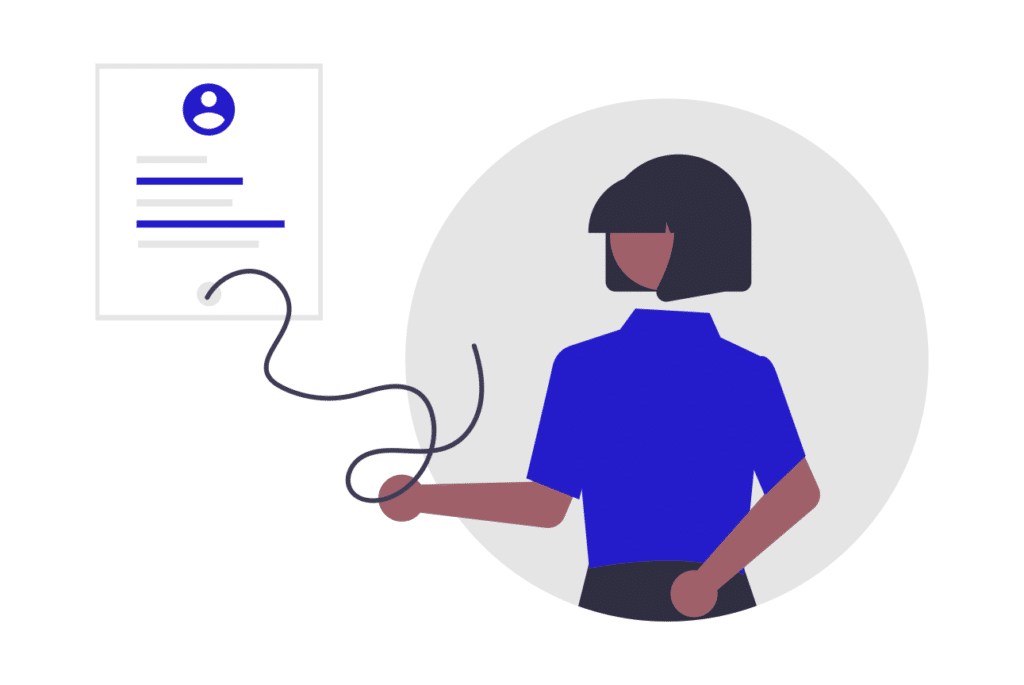
Certain documentation is required to process your application when applying for a personal loan. This documentation helps lenders assess your creditworthiness and financial stability.
Here’s a list of standard documents you might need to provide.
- Identification Proof: Valid identification such as a passport, national ID card, or driver’s license. This verifies your identity and legal status.
- Proof of Income: Documents such as recent pay slips, tax returns, or bank statements, showing your income. This helps lenders evaluate your ability to repay the loan.
- Employment Verification: Some lenders may require a letter of employment or contact information for your employer to verify your employment status and income stability.
- Residence Proof: Documents like utility bills, a lease agreement, or a mortgage statement, which confirm your current address.
- Bank Statements: Recent bank statements provide insight into your financial habits, existing liabilities, and overall financial health.
- Financial Statements: If you’re self-employed or own a business, you may need to provide additional financial documents like profit and loss statements or balance sheets.
FAQ
Frequently Asked Questions
A business loan is a sum of money borrowed by a company or entrepreneur, typically used for business operations, expansion, equipment purchase, or other business-related expenses. It’s repaid over a set period with interest.
Personal loans can be used for a variety of purposes, including debt consolidation, home renovations, funding a large purchase like financing a wedding.
The amount you can borrow with a personal loan in Denmark varies but generally ranges from a few thousand to several hundred thousand Danish Kroner, depending on your financial situation and creditworthiness.
Yes, Denmark has a credit scoring system. Financial institutions use this score to assess a borrower’s creditworthiness and determine loan terms. A higher credit score usually means better loan conditions.


